When it comes to French petit fours, canelés are a must! They are enjoyed in a variety of situations, such as desserts or with tea or wine. In this article, we will take a closer look at canelés. From how to make them to the many variations available, please enjoy reading to the end.
TasteTune introduces diverse cuisines from around the world and also provides music that expresses those dishes. Available on YouTube and various subscription services like Spotify, be sure to give it a listen.
What is a Canelé?

The official name of cannelé is Cannele de Bordeaux. The name Bordeaux comes from the fact that cannelé is said to have originated in a convent in Bordeaux.
Also, the French word “cannele” means “grooved.” As the name suggests, canneles have a distinctive groove in the center.
TasteTune「Canelé」
Everyone, have you heard Tastetune's song “Canelé”?
This musical piece draws inspiration from canelés, expressing their refined flavor and elegant ambiance through sound. It captures the sophisticated atmosphere of Bordeaux's patisseries and the timeless charm of French culinary artistry—be sure to give it a listen!
Below, we introduce the thoughts, expressions, and creative approaches embodied in this musical work.
Recreating the crispy exterior with sound
The defining characteristic of canelés is the crispy texture of their golden-brown caramelized crust.
In this piece, the crisp texture is expressed through the light percussion sounds.
The rhythm, small yet full of presence, evokes the pleasant sensation of taking that first bite, making you feel as if you're savoring a canelé through your ears.
Expressing the “meltingly smooth texture” inside through sound
The inside of the canelé is moist & rich like custard.
This section is expressed through soft piano, warm strings, and the elegant resonance of woodwind instruments.
The way the sounds overlap and expand is like the very sweetness and smoothness slowly spreading in your mouth.
A luxurious and elegant moment
What permeates this entire piece is a sense of “refined, luxurious time.”
It leaves a lasting impression with its understated, refined beauty rather than flashiness.
Just as savoring a carefully baked canelé during afternoon tea creates a leisurely moment, music itself generates a sense of relaxed time.
Savoring Canelés Through Sound
This musical piece inspired by canelés is not mere background music, but a small work of art where you can experience the “refined beauty” and “delicate texture” of canelés, along with the ‘elegance’ of France, through sound. Please listen carefully, immerse yourself in this auditory journey, and fully savor the world of “canelés.”
The History of Canelé
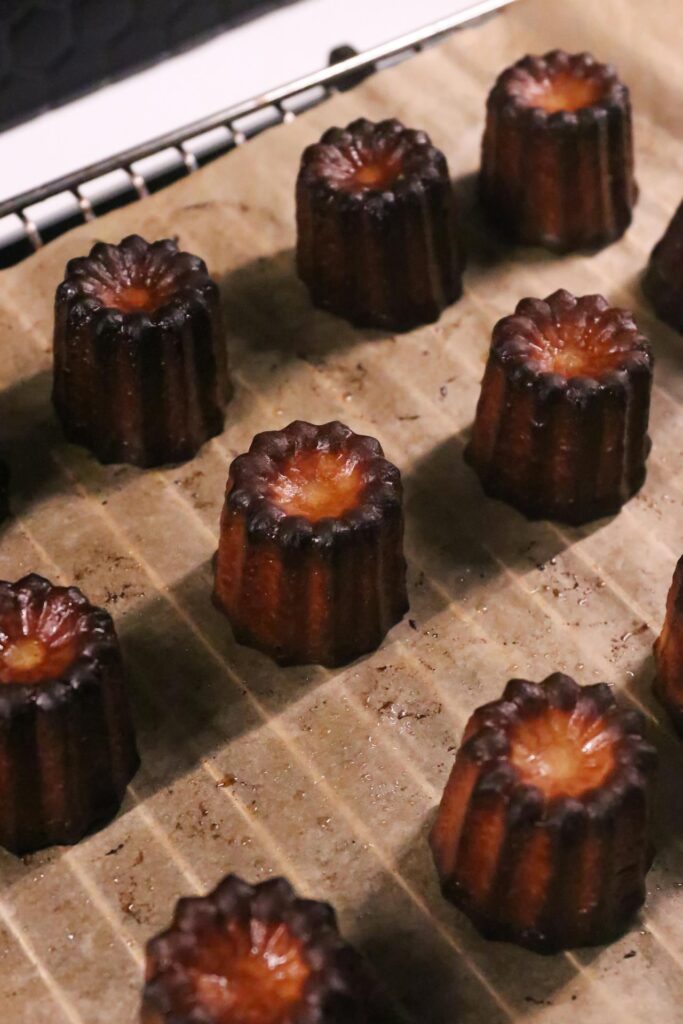
Canelé is said to have originated at the Bordeaux convent (Annonciade Convent). Bordeaux was a major wine-producing region in the 17th and 18th centuries. During the wine clarification process, only egg whites were used, leaving a large amount of egg yolks unused. It is said that canelé was created as a way to utilize the excess egg yolks.
It is said that the nuns distributed these small baked goods to the poor and sailors in the area.
However, this monastery was closed during the French Revolution, and due to the loss of related materials, this remains only a strong theory.
Furthermore, after the French Revolution, this baked confectionery was not produced for a while.
It was then revived by pastry chefs around 1830. Rum and vanilla were added, giving it its modern form.
In 1985, the Confrérie du Canelé de Bordeaux (Brotherhood of Bordeaux Canelé) was established, and the name “canelé” was registered as a unified brand while preserving the traditional recipe.
Canelé and Japan
First boom
In Japan, there was a canelé boom in the 1990s.
It became available at French specialty stores nationwide, and gradually began to gain popularity.
At this time, a baked confectionery called canelé became known in Japan.
Second boom
In the 2010s, canelés regained popularity, sparking what is known as the second boom.
It is now available not only at specialty stores, but also at department stores, supermarkets, convenience stores, and other locations.
At convenience stores, Lawson's “Rich Canelé” was a hit. Seven-Eleven and FamilyMart also released canelé products one after another, and they became widely popular as products that could be enjoyed at reasonable prices.
It is said that demand for canelés grew particularly high in Osaka and then spread throughout the country.
Evolved Canelé
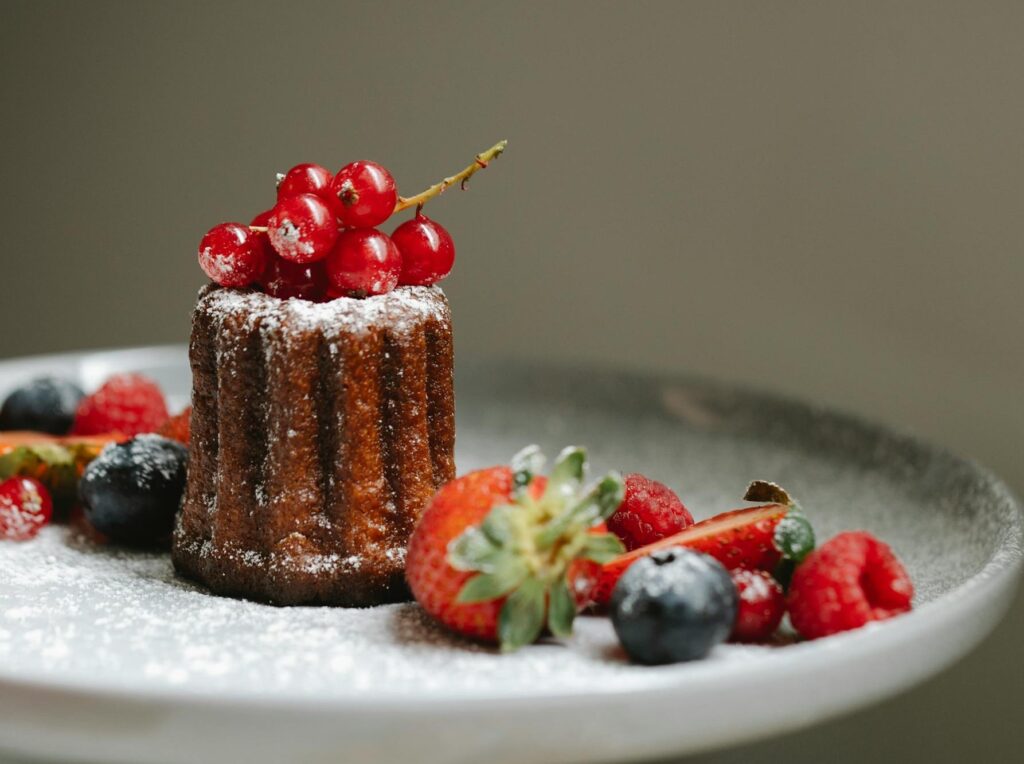
In Japan, there is a unique type of canelé called “evolved canelé.” You can enjoy a variety of variations, including toppings and flavors, as well as “raw canelé” and “half-baked types.”
For example, Canele de CHIANTI, a specialty store based in Niigata that offers 18 different flavors, also offers unique flavors such as salted caramel and Saikyo miso.
In addition, “canele TRI-CO” in Shinjuku, Tokyo, offers canelés made with Japanese ingredients such as sake lees, sakura bean paste, and hojicha tea every month.
In addition to sweets, you can enjoy flavors that cannot be found in France, such as fruit-based desserts and desserts that go well with wine.
How to make Canelés
Ingredients (for 8-10 cannelés)
- Milk... 500 ml
- Unsweetened butter... 25g
- Vanilla beans (or vanilla paste)... 1/2 pod (1 teaspoon)
- Egg yolks... 2
- Whole egg... 1
- Granulated sugar... 200g
- Cake flour... 100g
- Dark rum... 2 tablespoons
- Honey (if available)... 1 teaspoon
- Beeswax (or butter + a small amount of oil) ... for coating the mold
How to make them
① Make the dough
- Heat the milk, butter, and vanilla
Put milk, butter, and vanilla beans (including the pods) in a small pot and heat over medium heat, then turn off the heat just before it boils.
→ Transfer the vanilla aroma thoroughly. - Mix the eggs and sugar
In a separate bowl, combine the egg yolks, whole eggs, and granulated sugar, and mix gently without creating bubbles.
→ If you mix too much and it becomes foamy, the baked goods will become rough. - Add flour
Sift in the cake flour and mix until there are no lumps. - Add warm milk
Remove the vanilla pod and gradually add warm milk, mixing until smooth. - Add rum
Once cooled, add rum and honey.
② Leave it overnight.
- Strain the mixture, pour it into a container, cover with plastic wrap, and refrigerate for at least 24 hours.
→ The gluten settles, giving the baked product a smooth texture.
③ Preparing the mold
- When using a copper mold, melt beeswax and butter in a 1:1 ratio and coat the inside (for added aroma).
- For silicone molds, butter or cooking spray is fine.
④ Bake
- Preheat the oven to 250°C.
- Fill the mold 80% full with batter.
- Bake at 250°C for 10 minutes, then lower the temperature to 180°C and bake thoroughly for 50-60 minutes.
→ Ideally, the surface should be a rich fox brown to dark brown color. - Once baked, remove from the mold immediately and allow to cool.
Tips for making it delicious
- The golden rule is to bake at a high temperature first, then slowly bake at a low temperature.
- Using beeswax makes the outside crispy and aromatic, and also makes it easier to store.
- Best eaten fresh from the oven until the next day. Enjoy the crispy outside and chewy inside.
Summary
How did you like it? This time, we introduced the history and recipe of the French baked confectionery “canelé.”
What began as a baked confectionery in a monastery has crossed the seas and is now enjoyed around the world, including Japan. We hope you will enjoy the many different forms of canelé in various situations.
I myself liked the type of canelé sold at supermarkets and convenience stores and often ate them, so I decided to try the canelé at a specialty store.
Why not enjoy it as a little dessert after a meal, with wine, or during an elegant tea time?
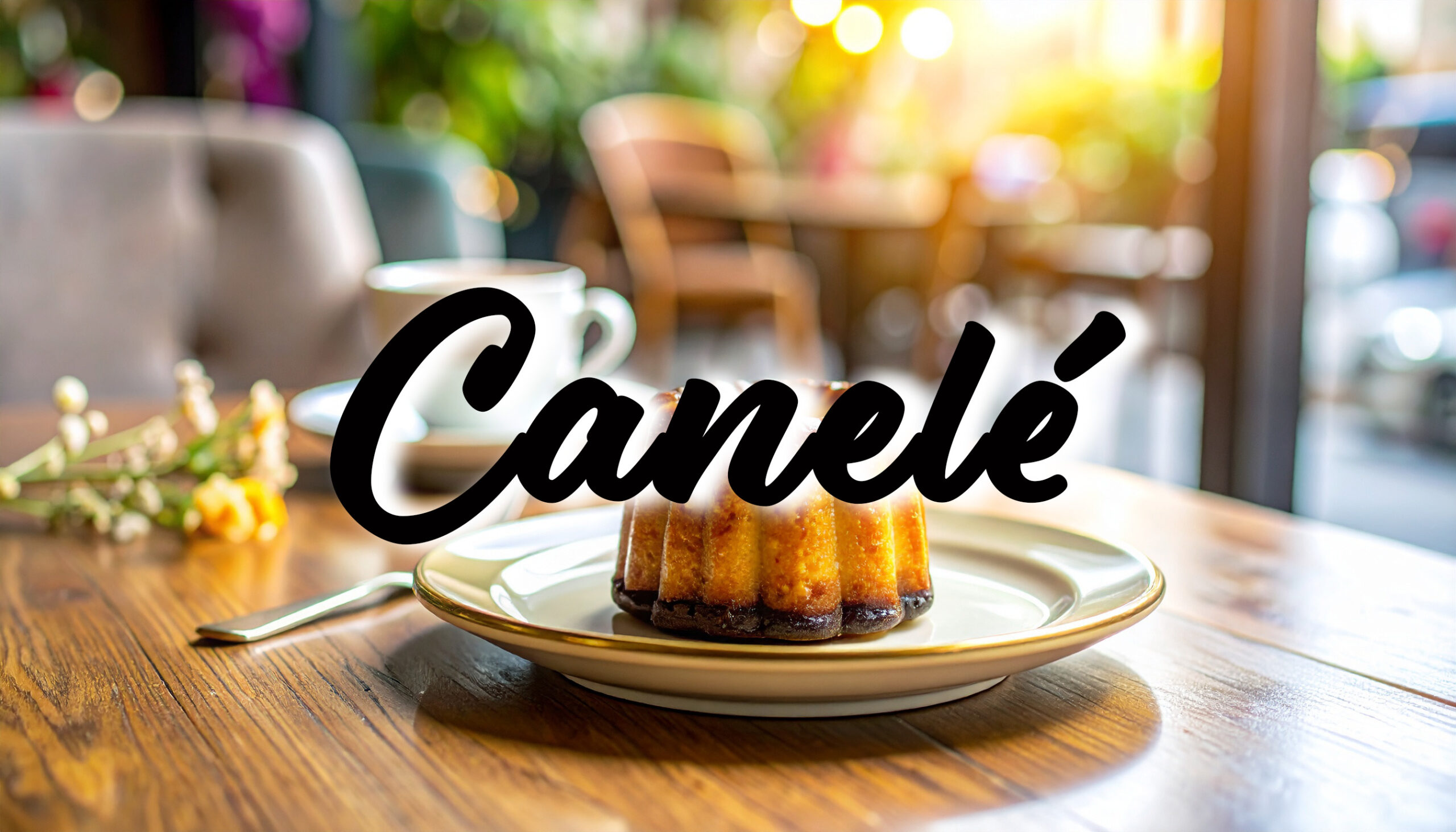
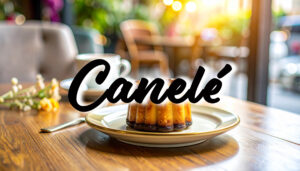
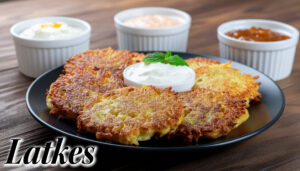
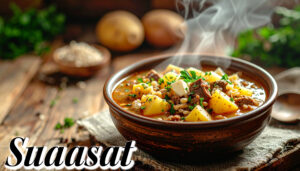

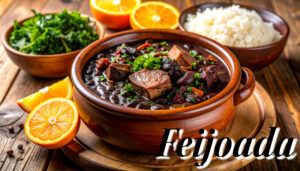

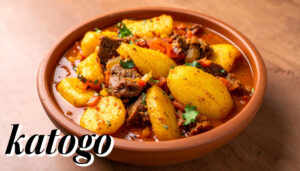


Comments